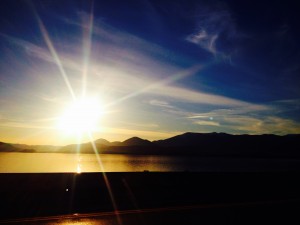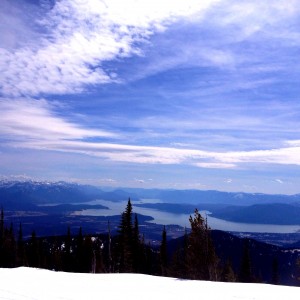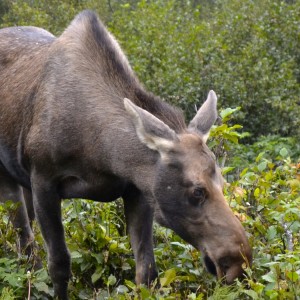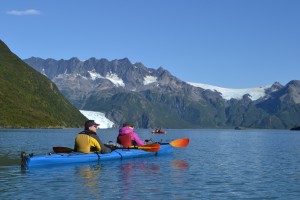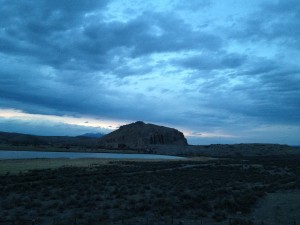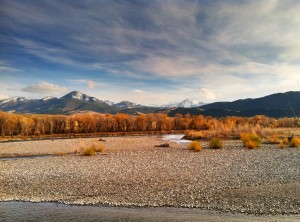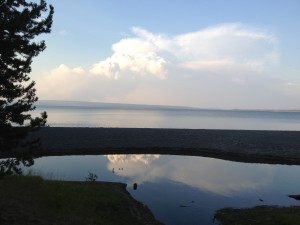Working in Jackson was one of the best months of my life. The rotation has now (as of July 2014) morphed into a mainly hospitalist rotation, though I am SURE that the awesome docs there would more than welcome a resident in their primary care clinic. Regardless, the people, setting, and culture are a perfect setting for the summer or winter months. I spent most of my weekday mornings at the hospital responsible for my own set of patients, and was able to do a few procedures here and there. In the afternoons, I took off to hike, fish, bike, or hang out with any number of people I met staying in the nearby apartments. The highlight was probably actually a 4-day trip I took to Yellowstone, which is incredibly beautiful and not too far away. All of the docs are open, kind, and great teachers, and go out of their way to make your experience what you want it to be.
Do yourself a favor and go here. Immediately.
